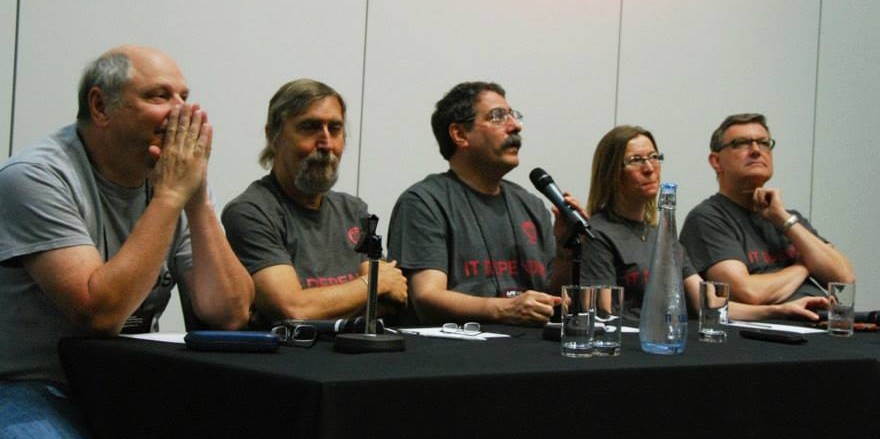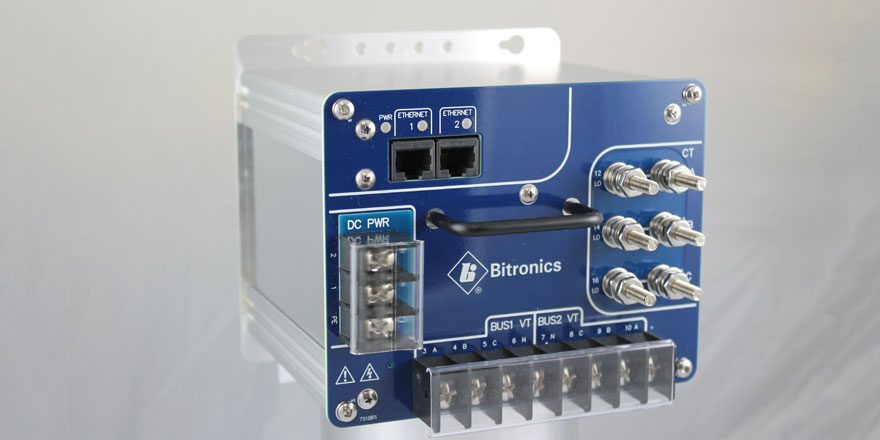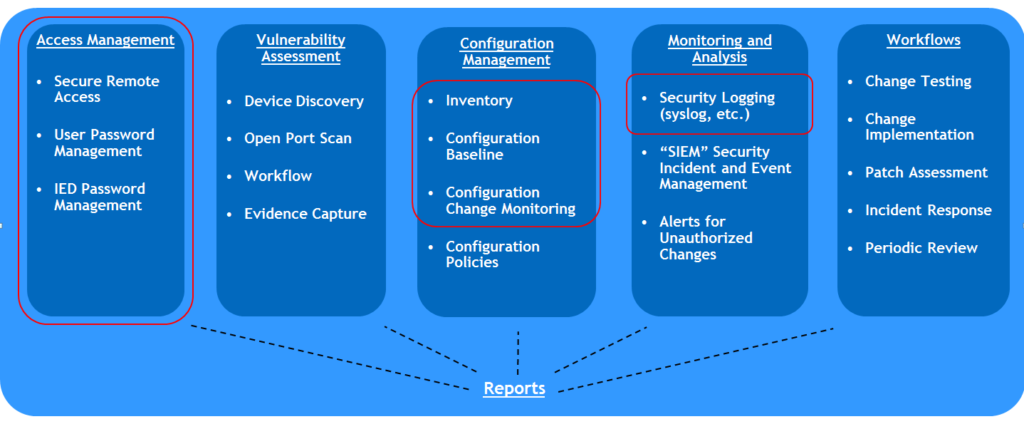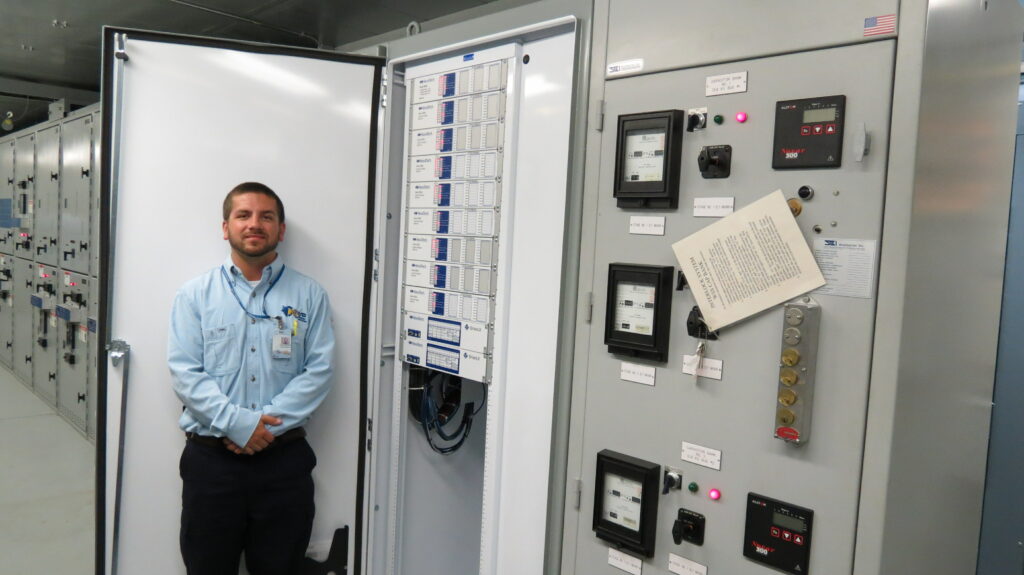
Technical Papers Cover IEC 61850
PUBLISHED ON Jul 21, 2015
Bruce Muschlitz, NovaTech Automation Staff Research Engineer, has recently presented two papers, and will be presenting a third, covering various aspects of IEC 61850. The first was given at the Georgia Tech Fault and Disturbance Analysis Conference on April 27th titled “Multi-vendor Distributed Recorders Using Standardized IEC 61850 GOOSE Communication.” A second paper “IEC 61850 Interoperability: The Good… the Bad… and the Ugly” was presented at the PAC World Conference 2015 in Glasgow, UK on June 30th. A third paper to be presented at the PAC World Americas Conference in Raleigh, NC in September, is titled “IEC 61850: What Are You Waiting For?”

Bitronics® has several products that support IEC 61850. The Bitronics 70 Series are used in distributed recording arrangements with several customers. The Bitronics 60 Series SCADA meters support IEC 61850, and the OrionLX and OrionLXm also support IEC 61850.
These three papers explore IEC 61850 from three different angles. The first paper highlights an existing 61850 application that delivers real savings in wiring and engineering. The second paper is a frank analysis of the challenges of implementing 61850, notably on your first attempt. The third paper is a call to action with a summary of advantages and a guide for making your first installation a success.
NovaTech Automation offers recording, metering, and substation automation products with 61850. The Bitronics 70 Series DFRs use 61850 cross-triggering in distributed recording. The Bitronics 60 Series brings 61850-based panel metering to automation systems. The OrionLX and OrionLXm substation automation platforms access data from IEC 61850 IEDs and forward this data to SCADA and engineering clients using legacy protocols.


